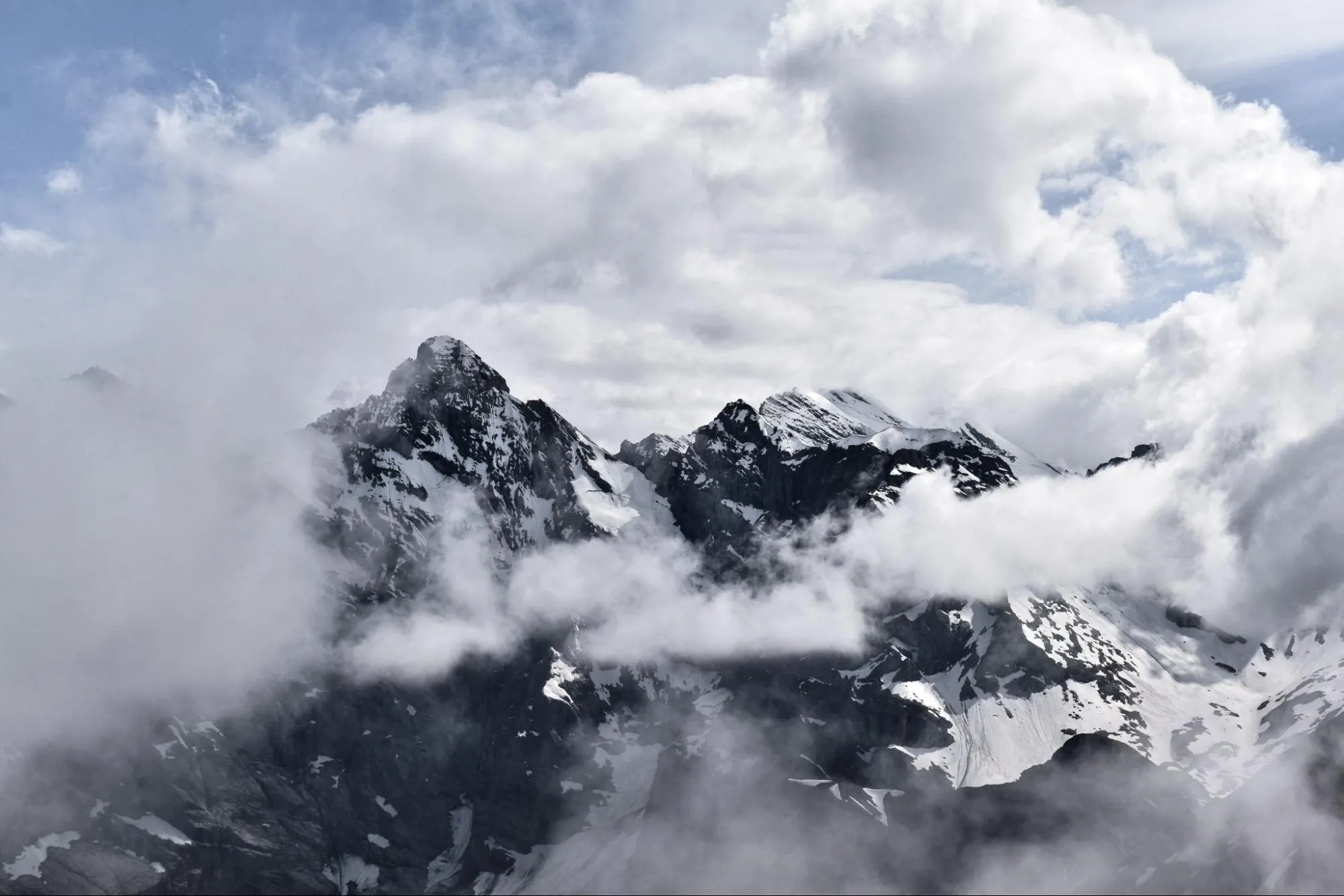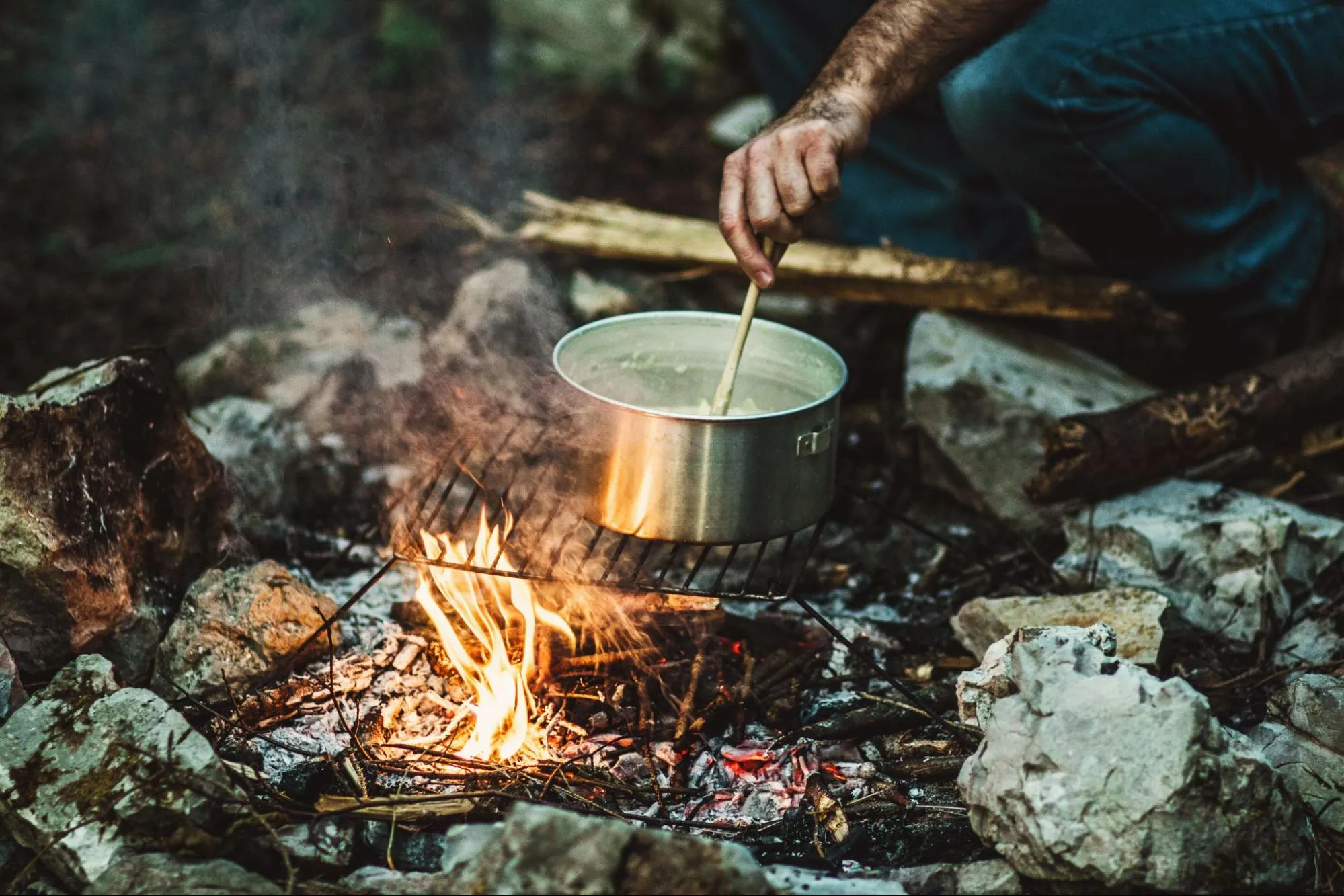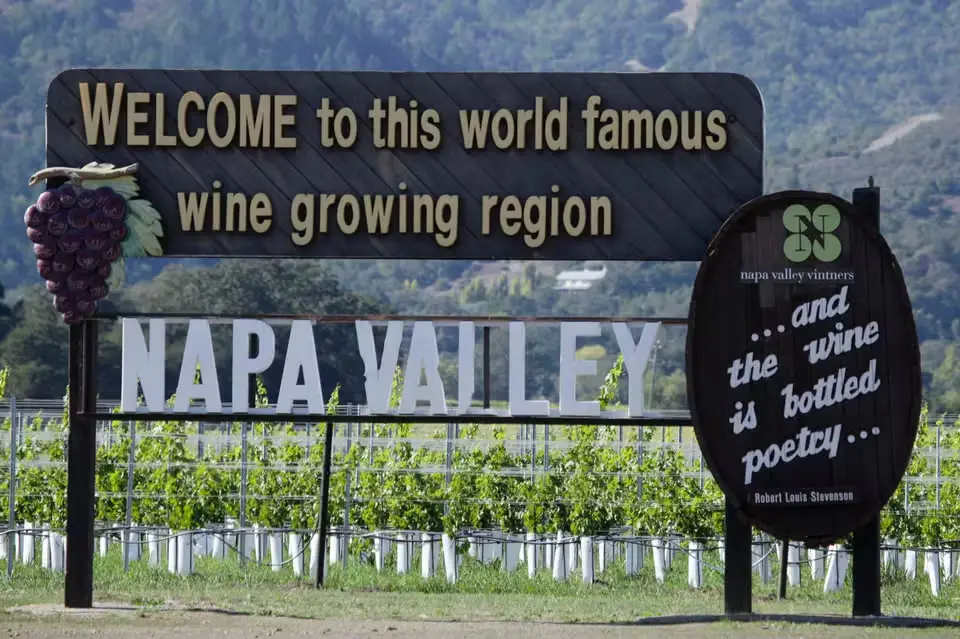Chasselas: a Swiss specialty that is peak perfection

Schilthorn, Lauterbrunnen belongs to the Swiss Alps (Photo: Patrick Hodskins, unsplash.com)
A Grape with Heritage
You might have heard the name Fendant before, but maybe not. It is nothing less than the synonym for Chasselas in the Valais region. This variety has a rich history dating back to the Roman era. It has been cultivated in Switzerland for centuries, and its heritage is deeply rooted in the country's winemaking traditions. As the years have passed, the art of cultivating Chasselas altogether with its winemaking has been perfected.
Swiss Terroir: The Secret Ingredient
One of the factors that make Chasselas stand out is the diverse terroir of Switzerland. The country's varied landscapes, including the sunny slopes of Lake Geneva and the Alpine foothills, create an ideal environment for growing Chasselas. The influence of the cool alpine air, combined with the mineral-rich soils, imparts a distinct character to the grapes, resulting in wines that are a true reflection of their origin.
The Perfect Pairing
Wines made of Chasselas are loved for their versatility. They are not loud and they do not harm when it comes to food pairing. Together with their crisp acidity and subtle fruitiness, they are an excellent choice for a wide range of dishes. Whether you're fancying a Swiss cheese fondue, fresh seafood, or a hearty Alpine dish, a glass of Chasselas can elevate the dining experience to new heights. The wine's balanced acidity cleanses the palate and enhances the flavors of the cuisine.

Tasting Chasselas
Chasselas offers a truly delightful tasting experience. The wine typically shows a pale yellow color with green reflections, resembling the beauty of Switzerland's pristine lakes. Later on you'll find aromas of white flowers, green apples, and a subtle minerality on the nose. The palate finally is marked by a refreshing acidity, with hints of citrus and a touch of honey, creating a well-rounded and elegant profile. Simply yummy!
Chasselas: A World-Class White
While Chasselas might not enjoy the international recognition of some of its grape counterparts, it has been a favorite among the Swiss for generations. The Swiss understand the true value of Chasselas, and they keep this hidden treasure for themselves. However, it's a wine that deserves to be celebrated worldwide. Chasselas holds its own among the finest whites globally, standing shoulder to shoulder with the Chardonnays and Sauvignon Blancs.
Chasselas Beyond Switzerland
Despite what we've seen so far, that Chasselas has deep roots in Switzerland, there is more out there. Due to its qualitative attributes, it has found a home in other regions such as France, Canada, and New Zealand. Also due to the fact that more and more wine enthusiasts discover the charm of this grape, Chasselas is making its mark on the global wine stage.
It seems to be more than just a grape variety; it's a testament to Swiss winemaking heritage and the unique terroir of the country. With its vibrant flavors, versatility, and the ability to transcend international boundaries, Chasselas is still a hidden gem waiting to be explored.
So, why always stick to the classics like Burgundy when there is so much more out there tantalizing your senses? Consider giving Chasselas a try knowing this Swiss specialty may not be as famous as some of its counterparts, but it's a wine that truly embodies the beauty and perfection of Switzerland's landscapes.
Chasselas is peak perfection in glass, a testament to the dedication and craftsmanship of Swiss winemakers.
Lotte Gabrovits



